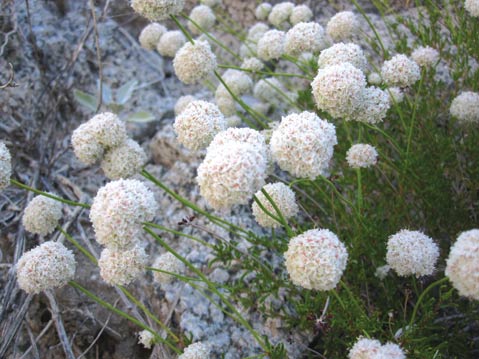Changing Climates
What the Shifting Weather Patterns Mean for Gardeners

Although it’s getting absolutely no face time with the politicos in this election year, global climate change is now an accepted management issue for governments, both local and national. Severe to extreme drought affected about 33 percent of the contiguous United States as of the end of June 2012, but about 4 percent of the contiguous U.S. fell in the severely to extremely wet categories. It’s a fact that the overall temperature of the Earth is rising. Global temperature has risen about 0.6°C (just over 1°F) in the last 100 years and 0.4°C in the last decade. The results of global warming are even harder to predict than the long-range weather forecasts, but some trends are showing up. The full report, “Global Climate Change Impacts in the United States,” can be found at globalchange.gov/usimpacts.
What the local weather pattern will be is anyone’s guess. Will it be drought or torrential rains? Will summers be foggier or less foggy? California weather is influenced by the entire Pacific basin, but subtle shifts in the jet stream, increased hurricanes from Mexico, and more can make a world of difference along the West Coast. Many are predicting drought here. Drought is nothing new in California, of course. The scarcity of water has driven massive water projects that funnel normally abundant snowmelt from the mountains in the north and east of the state all the way down to the South Coast. So far, so good, but the specter of increasing instability in the global climate has many people worried.
For gardeners, the first effects may be subtle indeed. Trees may leaf out earlier in spring. Warmer winters may affect crops in species that don’t receive enough chill hours. Drier summers in regions that normally experience summer rain could inhibit seed production for gardeners far from the production fields.
Insect pests also react to changes in weather. Increased temperatures, whatever the season, may lead to fluctuations in populations of aphids and other insects (remember the oak moth scourge that seems to be still continuing with yet another generation?). Some insects that would normally be killed in a cold winter may survive to wreak more havoc the next year. Exotic species of insects find their way from place to place in the world all the time. Most of them don’t survive because the climate is too different, but as that climate changes, more of these may find their new home just to their liking. Birds are migrating earlier but may be missing their prime food crop — absolutely essential to rearing healthy offspring — if insect cycles are off and flowers are out of sync.
In the short term, it would be prudent for gardeners to learn to conserve water and manage it wisely. And in the long term, vigilance will be needed to identify area trends in climate change. Contribute to local seed exchanges, and save seed of favorite varieties. Preserve the diversity of crops, as well as ornamentals; some may be more successful going forward. Monitor pest populations for newcomers, both insect and weed species, and be prepared to aggressively remove them as they appear. The climate is changing, and it is very unclear how it will affect Santa Barbara County landscapes and crops. Everyone can have a role in defining and meeting the coming challenges.



